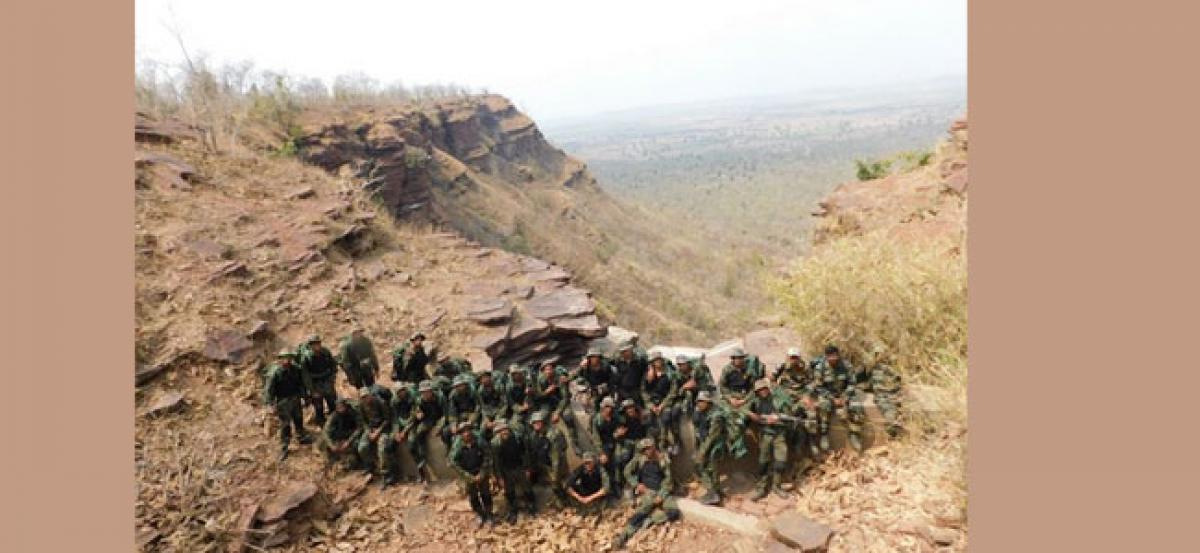Live
- Destroyed Ukraine's control centre for unmanned systems: Russian Defence Ministry
- Ruben Amorim appointed head coach of Manchester United till June 2027
- Sai Surya Developers MD Arrested for Fraudulent Money Collection
- India's forex kitty at $684.8 bn, gold reserves go up
- Bihar CM asks officials to set paddy procurement target at district level
- Our aim is to make Kannada a language of life: DCM DK Shivakumar
- ChromeOS 130 Update Brings Quick Insert, Focus Mode, and Enhanced AI Tools
- Biography: Here is all about Kumara Swamy
- China steps up precautionary measures against Typhoon Kong-rey
- IND vs NZ third Test: India fail to wrest advantage, slip to 86/4 after bowling New Zealand out for 235 in first innings









